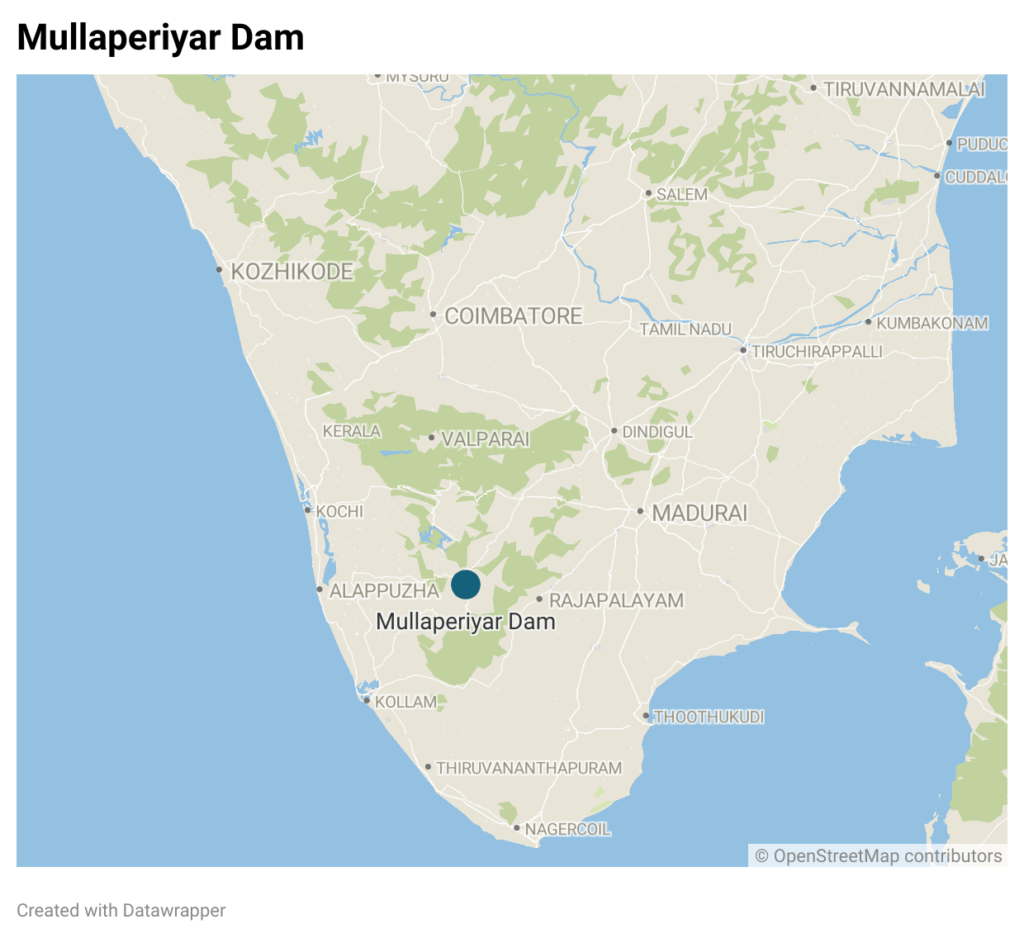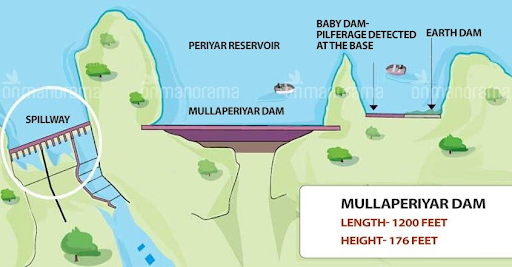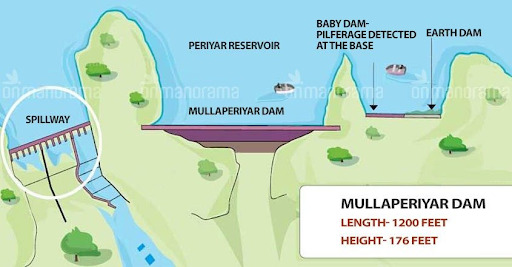Aishwarya Kumar, Pune
A recent report released by the New York Times sent shockwaves to people living in Kerala, as the tremors that would possibly be caused by the Mullaperiyar breaks would be far worse than what recently happened in Libya. The Derna incident reminded them of their worst fear, now forgotten in the hustle, which can claim 35 lakh people and push four districts into nothingness.
The Mullaperiyar case remains a legal tiff between two states- with one fighting for water and the other for the lives of people living around it.
Mullaperiyar Dam came to light after the New York Times took its name in a report that listed the 28000 large dams built in the mid-20th century as nearing obsolescence and could face a similar fate in cases of governance negligence.
The Idukki diocese of the Syro-Malabar Church has urged the governments to find a solution and possibly decommission the dam to re-engineer it.

WHAT IS THE CRISIS?
The dam was constructed using the traditional technology of mixing concrete with ‘surkhi’ made of jaggery, sugarcane juice, egg whites, and lime. The design and technology are not as advanced as the current standards.
The United Nations Research Center raised an alarm about the dam’s location being in a seismically active zone.
In 1979 and 2011, earthquakes that hit the state left structural cracks in the dam. In the case of a minor quake in the future, the dam can break open and burst into structures, taking everything in its path along with it. The dam can fill 1,80,000 Olympic-sized swimming pools.
The real damage would happen when the flood from Mullaperiyar reached the Idukki dam, located 25 km downstream. Theoretically, this dam should be able to withstand the Mullaperiyar water. However, the Idukki dam, which is at its full capacity, would not be able to withstand the pressure and break, causing all 15 interconnected dams to fail.

Dams older than 50 years are at high risk. Considering the changing weather and monsoon patterns, a dam needs to be fine-tuned as the spillway capacity of the dams for which it was prepared would have become outdated, says Himanshu Thakker in an interview with Business Standard.
The dams need to be redesigned and rebuilt. The scenario seems difficult, as the governments are not ready to negotiate and decommission the dam for reconstruction and reengineering.
The dam was completed in 1895. A lease agreement between the two states, which was signed by the Travancore Maharaja and the Secretary of State for India for Periyar Irrigation Works, had the option to renew the contract for another 99 years. The dam, which is located in Kerala, has ownership rights controlled by the Tamil Nadu government, as the districts of Theni, Dindigul, Ramanathapuram, Madurai, and Sivaganga are dependent on the water from Mullaperiyar.
